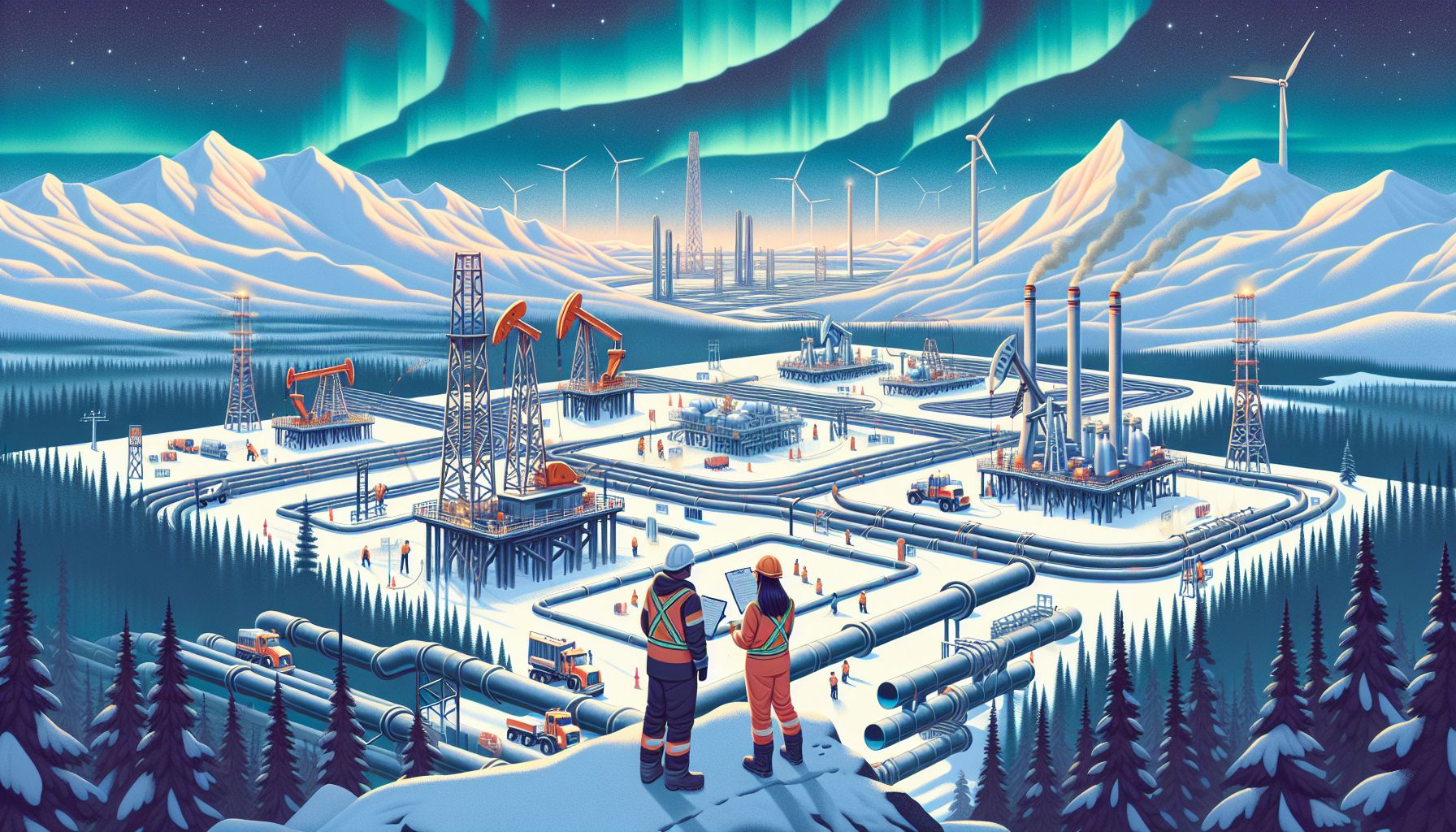Amidst the vast expanse of the Canadian landscape lies a thriving industry that serves as a cornerstone of the nation’s economy – the oil and gas sector. With its rich natural resources and innovative technologies, Canada has established itself as a global player in the energy market. However, the industry’s success is not without controversy, as it grapples with the profound challenges posed by environmental concerns. In this article, we delve into the intricacies of Canada’s oil and gas industry, exploring its impacts, innovations, and the delicate balance it must strike between economic prosperity and environmental sustainability.
The story of Canada’s oil and gas industry can be traced back to the 19th century, when the country’s vast reserves of fossil fuels were discovered. Since then, the industry has grown exponentially, becoming a key driver of economic growth and job creation. Canada is the fourth-largest producer of oil in the world, boasting abundant resources in regions like Alberta’s oil sands and offshore drilling sites. The sector also contributes significantly to the country’s export revenue, while providing employment opportunities for thousands of Canadians.
Innovation has always been at the forefront of Canada’s oil and gas industry, as companies strive to extract resources more efficiently and sustainably. Advanced technologies such as hydraulic fracturing, commonly known as fracking, have revolutionized the extraction process, unlocking vast reserves of previously inaccessible reserves. Furthermore, the industry has made significant strides in reducing its environmental footprint through initiatives like carbon capture and storage (CCS), aiming to mitigate greenhouse gas emissions. These innovations not only increase efficiency but also demonstrate the industry’s commitment to environmental stewardship.
However, the oil and gas industry in Canada faces intense public scrutiny due to its environmental impact. The extraction and refining processes release greenhouse gases and other pollutants, contributing to climate change. Moreover, the transportation of oil through pipelines, such as the Keystone XL, has sparked passionate debates regarding the risk of spills and potential harm to ecosystems. Environmental organizations and concerned citizens have called for a shift towards renewable energy sources, leading to an ongoing ‘green versus black’ battle.
Striking a balance between economic prosperity and environmental sustainability remains a formidable challenge for the industry. Recognizing this, the Canadian government has implemented stringent regulations to monitor and manage oil and gas activities. For instance, the Canadian Energy Regulator ensures that energy projects undergo thorough environmental assessments and adhere to strict safety guidelines. Additionally, the country has committed to international climate change agreements and is exploring ways to diversify its energy mix by investing in renewable sources.
While the current dynamics of the industry may seem perplexing, it is crucial to understand that the oil and gas sector continues to play a vital role in Canada’s energy transition. As the country seeks to reduce its reliance on fossil fuels, it simultaneously relies on oil and gas revenues to fuel the development of renewable energy infrastructure. The industry’s economic contributions provide the financial foundation necessary for investing in cleaner and greener technologies.
In concluding, Canada’s oil and gas industry is a complex tapestry woven with threads of energy, innovation, and environmental responsibility. It remains an essential component of the country’s economy, generating jobs and revenue while driving technological advancements. As the industry confronts the challenges of climate change and calls for sustainable practices, a delicate balance must be struck. By fostering a cooperative environment among industry, government, and environmental stakeholders, Canada can continue to evolve its energy landscape, ensuring a brighter and more sustainable future for all.

